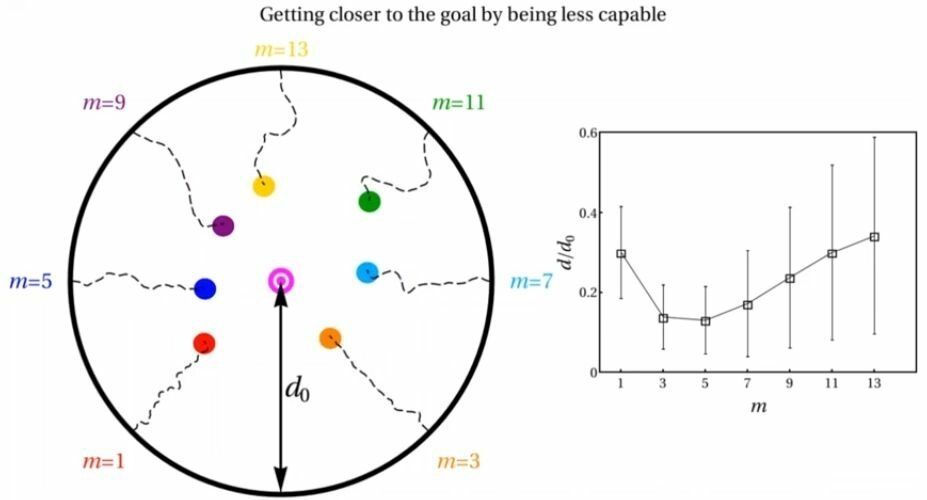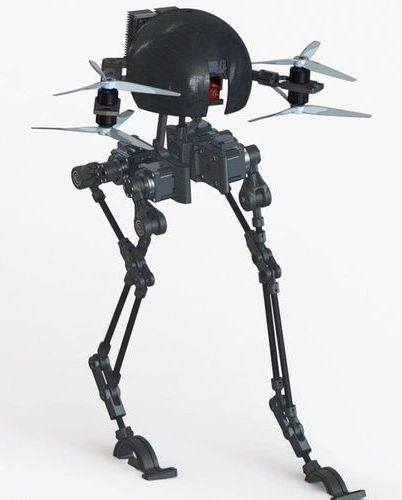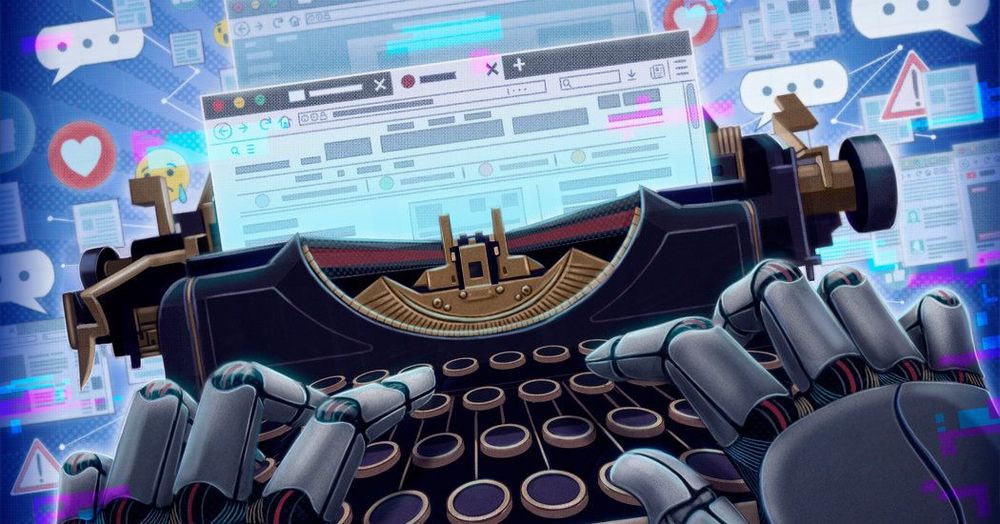For better or worse, robots with humanoid features are often compared to humans—we want to know if they’re anywhere close to doing the same kinds of things that we do, and with a few exceptions, the answer is “probably not.” Humanoid robots are difficult to build and program, but we keep doing it because it makes some amount of sense to have robots that look and function like we do operating in the same environments that we operate in. However, one of the great things about robots is that they don’t have to be constrained by the same boring humanoid-ness that we are, and we can do all kinds of things to them to make them more capable than we’ll ever be.
Leonardo augments humanoid legs with thrusters to help it run and jump.






